Rural India entrepreneurs employ innovative, responsible approach combining fish and rice
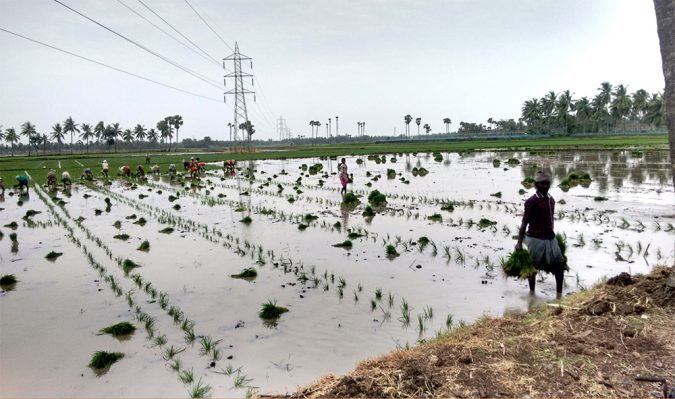
Today, low intensity, traditional/incidental multi-trophic aquaculture is much more common than modern IMTA. Integrated multi-trophic aquaculture (IMTA) provides the byproducts, including waste, from one aquatic species as inputs (fertilizers, food) to other species. In areas where paddy fields remain with water for three to eight months each year, paddy-cum-fish (PFC) culture can provide an additional crop of fish. The culture of fish in fields that remain flooded even after the paddy is harvested may also be an additional occupation for farmers. In recent years, however, with the advent of high yielding varieties of paddy, the use of insecticides, pesticides, fungicides and anti-weed products – many of which can be highly toxic to aquatic animals even in minute quantities – has become widely prevalent and making fish culture incompatible with paddy farming wherever the latest high yielding varieties of paddy are cultivated.
PFC culture is an old practice in many countries like Japan, Malaysia, Italy, China and India. In some of India’s northeastern states it is extensively practiced. As paddy fields remain flooded with water for several months, fish can be grown there at low cost in addition to rice. Over 80 million hectares (ha) of land produce the world supply of rice, and in favorable situations at the end of the season, paddy-cum fish culture can yield 3 kg or more of fish per ha during a flooding period of three to eight months.
Fishes commonly cultured in PFC systems
Several fish species can be cultured, including common carp (Cyprinus carpio), scale carp (Cyprinus carpio var communis), mirror carp (Cyprinus carpio var specularis), leather carp (Cyprinus carpio var nudus), as well as the Indian major carps: catla (catla catla), rohu (Labeo rohita) and mrigala (Cirrhinus mrigala). Other exotic species including tilapia are also cultured in these farming systems. These species are omnivorous bottom feeders or are capable of doing so, and are characterized by deep bodies and short heads.
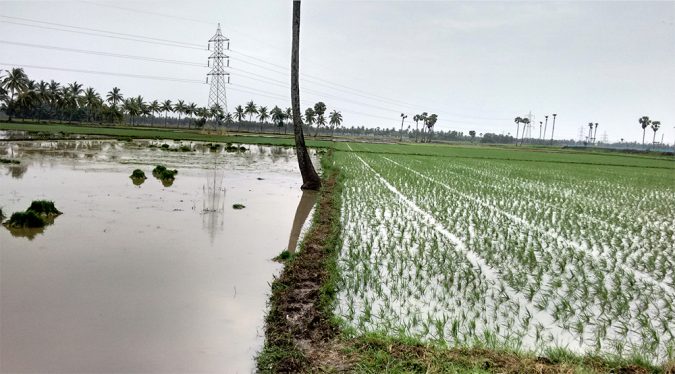
Rice field and paddy plot preparation
The criteria for site selection for PFC culture includes low-lying areas where water flows easily and is always available; also, the paddy field soil should be fertile organic manure and have high water-retaining capacity. The rice varieties cultivated possess strong roots, and paddy crops are generally not affected in this integrated culture with fish.
Regarding bundh (pond) construction, the plots selected for PFC culture are normally prepared in the month of February by raising their embankment all along the plots. The paddy fields are suitable for fish culture in these areas because of strong bundhs (ponds), which retain water up to desired depth without leakage and prevent the escape of cultivated fishes during the floods. The dykes are built strong enough to make up the height due to the geographical and topographic location of the paddy fields. The bamboo screen mats used at the base of the bundhs help support and strengthen the structures.
After completion of bundh construction, the bottoms of the paddy fields are leveled using spades and locally-made wooden plates called sampya. Manual weeding is done during the month of February, followed by construction of irrigated channels for easy movement, storage and draining of water. Two or three channels are constructed in the middle of each paddy field for water management. Channels divide the paddy field perpendicular and horizontally bisect at a point. Almost all paddy field have one or two inlets and more outlets. The inlets are used to bring in water as required by the field, and the outlets – at the bottom sides of the dykes – are used to drain out the water for harvesting the paddy crops and fishes. One other outlet constructed at the middle height of the dykes is used to maintain the desirable water depth.
Management of PFC
Once these preparations are ready, the paddy fields are ready for transplantation of rice seedling and stocking of fish seed. However, the stocking of fish seed is typically done after about 15 days after transplantation of rice seedlings from their nursery bed. The more progressive fish farmers normally produce fish fingerlings of adequate size by first rearing them small-size ponds for a period of about one to two months, and then sell the young fish to other farmers who grow them directly to market size in their paddy fields and farms.
| Parameter | Range, characteristics |
|---|---|
| Sand | 85.71 - 96.62 (%) |
| Silt | 3.12 - 11.69 (%) |
| Clay | 0.26 - 2.86 (%) |
| pH | 5.00 - 5.70 |
| Organic carbon (%) | 1.15 - 2.54 (%) |
| Organic matter | 8.24 |
| Soil color | Light brown, blackish |
| Total nitrogen | 0.22 - 2.54 (%) |
| Texture class | Loamy soil, sandy |
| Available phosphorous | 2.90 - 4.50 mg/100 g |
Regarding management of water supply, local farmers in these areas have sound knowledge and much experience trapping water for their paddy fields. They construct barricades using wooden and bamboo poles across the stream, rivulets, etc. to divert the water to irrigational channels feeding the paddy fields. The irrigation channels vary from 0.5 to 2 meters in width.
The plots utilized for PFC is mainly based on organic fertilization with a variety of animal waste from various farmed animals like poultry, swine and cattle; plant waste such as rice husks, the waste products of local beer manufacturing; ashes from household fires and the remains of burnt straws after harvests; and compost fertilizer like decomposed straws, weeds and rice stalks, and others. The nutrient uptake of deep water paddies can be very high, and the rate of inorganic fertilization recommended includes nitrogen and potassium at 60 kg/ha. However, these are applied at three different times, at planting, at tilling and when flowering begins.
Fish species to be stocked in the PFC systems should be hardy and able to survive in shallow water, tolerate temperature fluctuations, withstand high turbidity levels in the culture water, and be able to reach marketable sizes in a short period of time. Before stocking the fish fingerlings into the paddy fields, the transplantation of rice seedlings from seed beds to the paddy fields takes place, typically in the month of April, and then paddies are allowed to stand for two weeks to permit the strengthening of paddy roots. Then the fish fingerlings are released at around 2,500 fish per ha.; the fish rearing period varies from 3-6 months and the paddy rearing period is 5-7 months.

Harvesting
The equipment used for harvesting fish includes simple bamboo baskets called cane/bamboo. During a fish culture period of three to four months in the rice fields, a production of 200-300 kg/ha can be achieved, while yields of 400-500 kg/ha have been reported during a culture period of five to six months in the same season. Harvesting involves first draining the water through outlet pipes, thus allowing fish and water accumulated in the mid-channels of paddy fields to move out and be collected through a variety of methods, including hand picking and others. Harvested fish may be placed in large plastic buckets to keep them alive for the market. The paddy is harvested after the fish are collected, and paddy harvesting takes place during at the end of September and October. Paddy production ranges from 3,500-4,500 kg/ha.
Marketing of fish
Fish harvested from the paddy fields are sold in the local markets, live or fresh, because of high market demand. Live fish typically sells for Rs. 120/kg and fresh fish for Rs. 100/g but market prices can fluctuate seasonally. Many fish farmers sell their product in the fish market or at the paddy field itself. During the peak season, the fish production from these paddy fields also reaches capital markets.
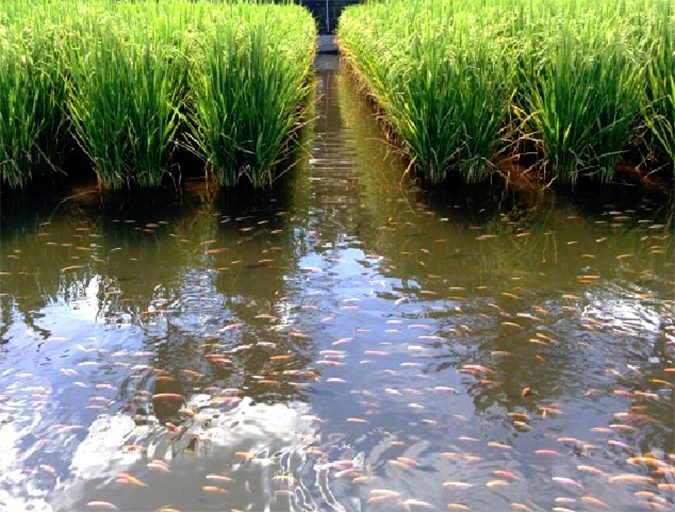
Perspectives of PFC production
These integrated production systems generally allow for the efficient and economical utilization of land, with little additional labor needed – the labor savings can be applied to weeding and supplemental feeding. The rice yield is increased by 15 to 20 percent, due to the indirect organic fertilization through the fish excreta as well as the production of fish in the paddy fields.
They generate additional income and diversified harvests, including fish and rice from the water, and onions, beans and sweet potatoes through adjacent cultivation on bundhs. The rice fields may also serve as fish nurseries to grow fry into fingerlings. The fingerlings, when produced in large quantities, may either be sold or stocked into production ponds for production of improved fish yields.
The cultured fish control unwanted filamentous algae that may otherwise compete for the nutrients in the water. Tilapia and common carp control unwanted aquatic weeds that may otherwise reduce rice yield by up to 40 percent. Cultured fish feed on aquatic intermediate hosts of various diseases, such as malaria-causing mosquito larvae, thereby helping control various water-borne human diseases.
References available from first author.
Authors
-

Sharad R. Surnar
Ph.D. Student
Department of Aquaculture
College of Fisheries
Maharana Pratap University of Agriculture and Technology (MPUAT)
Udaipur (Rajasthan) 313001, India[110,105,46,101,118,105,108,64,55,55,48,97,117,113,97,100,97,114,97,104,115]
-
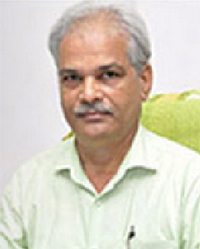
Dr. O.P. Sharma
Professor & Dean
College of Fisheries
Maharana Pratap University of Agriculture and Technology (MPUAT)
Udaipur (Rajasthan) 313001, India[109,111,99,46,108,105,97,109,103,64,97,117,113,97,100,111,104,115,112,111]
Tagged With
Related Posts
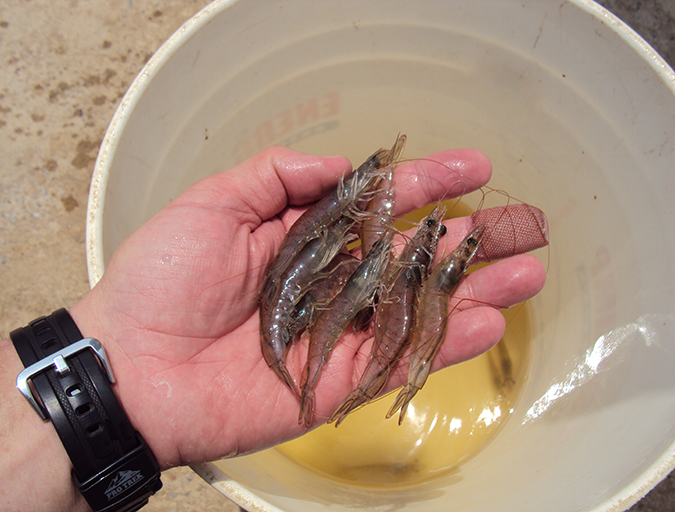
Health & Welfare
New management tools for EHP in penaeid shrimp
Authors examined the histological features from shrimp infected with the emerging microsporidian parasite Enterocytozoon hepatopenaei (EHP). A PCR assay method was used to detected in hepatopancreatic tissue, feces and water sampled from infected shrimp tanks, and in some samples of Artemia biomass.
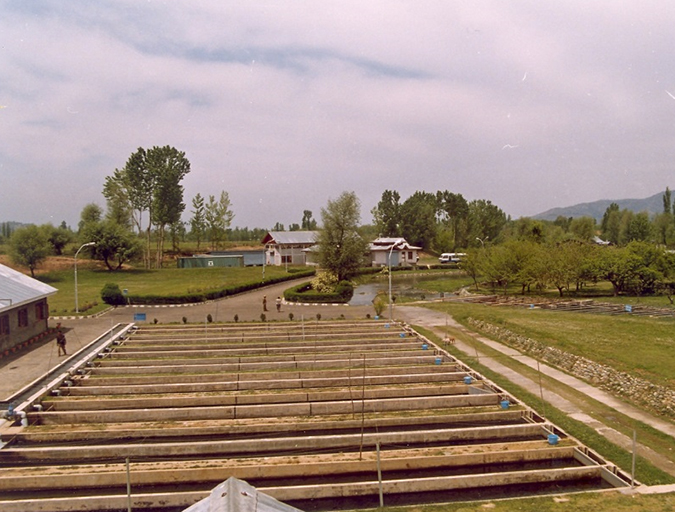
Intelligence
India a unique opportunity for rainbow trout farming
India has a small trout farming industry in the Himalayan and Southern Peninsula areas. Even though current annual production is only a few hundred tons, the country has many areas that, although geographically difficult to work in, also offer excellent, very large habitats and conditions for trout culture.
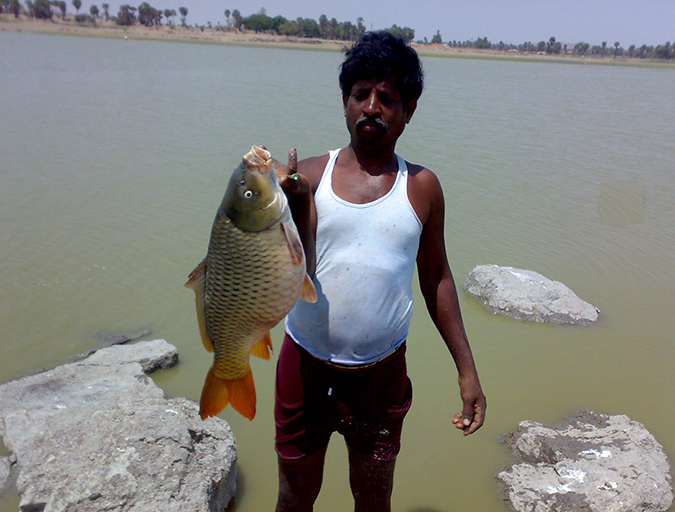
Responsibility
Weighing the risks of farming non-native fish species in India
Food security is a priority in India, and there is huge potential for the expanded culture of non-native fish species. While many farmers have improved their socio-economic conditions through farming non-native fish species, their spread into open water resources presents a threat to biodiversity.
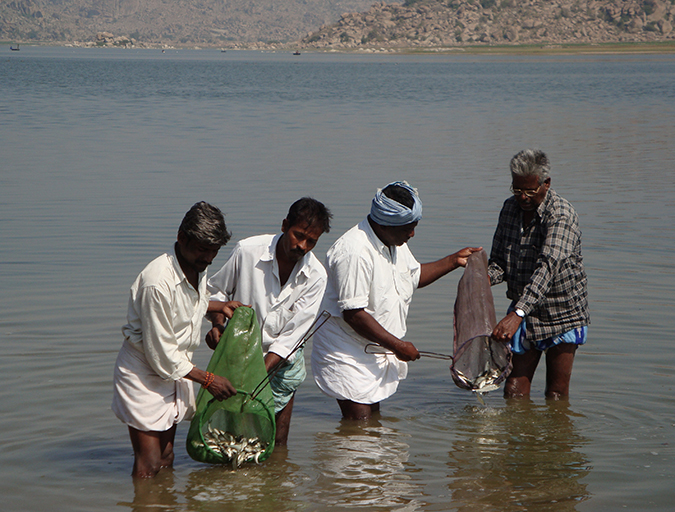
Responsibility
India’s reservoirs show significant potential for aquaculture
Reservoirs cover about 3 million hectares of surface area in India, and are a growing resource with enormous potential for increasing their fisheries and extensive aquaculture yield, as well as a source of increased employment.

